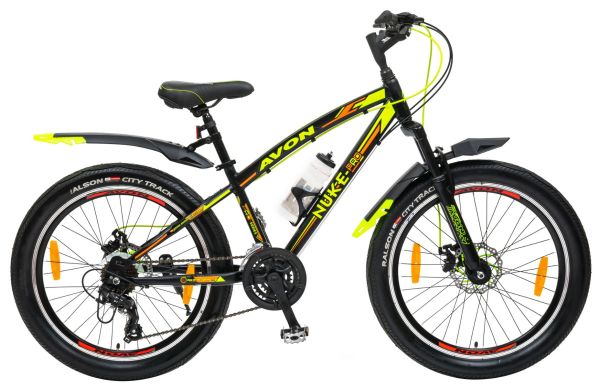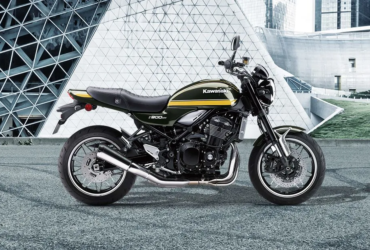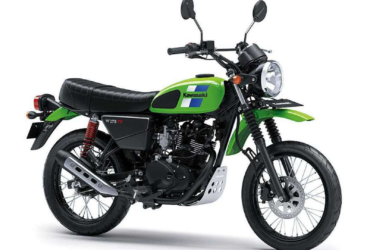Whether you’re a novice or an experienced rider, there are essential steps you can take to protect yourself and others on the trail. The number of bicycle accidents has declined for nearly a decade, with people following the safety tips. Riding mountain bikes comes with its fair share of risk. The magnanimous mountains hold great dangers, and one needs to be careful while riding MTB cycles.
Whether you are looking to buy a cycle online or offline or already have one, here are the safety tips to keep you safe and sound.
1) Always Wear a Helmet
Wearing a helmet is crucial for mountain bike safety, if there’s one thing you should know. Your helmet is the most crucial piece of equipment you will have on you if you crash, fall off your bike, or overestimate the height of a branch. This is because helmets lower the risk of major head injuries by about 70%. Using a helmet is the first step towards reducing the risk of head damage while mountain biking, as some brain injuries can have life-altering effects.
2) Wear Proper Ride Gear
You should always wear a helmet, but there are a few other things you should think about investing in as well, such as the riding clothes that best fit your needs and safety equipment and accessories. Choosing the right equipment for mountain biking should be based on comfort and safety; choose whatever will allow you to concentrate on the ride.
Although clothing for mountain biking is comparable to that of other bicycle sports, there are a few differences to be aware of. Most mountain riders wear two layers of shorts: a pair of snugs, cushioned shorts (also known as chamois or shammies) on the bottom and a pair of thinner, cargo-style shorts that fit loosely on top. Since you spend more time upright and off the saddle when riding those mountain biking trails, the padding of mountain biking shorts is typically smaller than that of road cycling shammy.
3) Maintain Control
The sport of mountain biking carries a high risk of serious injuries or worse due to its inherent dangers. You should always ride in control and never go above your skill level, no matter where you go or how familiar you are with the trail.
Being able to stop is only one aspect of riding in control; another is being able to identify and steer clear of potentially hazardous circumstances when out on the trail. Additionally, you need to know when it’s safe to pause on the trail. Preventing collisions with other cyclists is a crucial mountain.
Always be mindful of your riding abilities, the state of the trail, the possibility of an accident, and your capacity to avoid one while pushing the envelope. Riding paths that don’t challenge your abilities and controllability is the greatest way to accomplish this.
4) Ride as per your Expertise
Regarding a portion of the route, you believe is too difficult for you, follow the reason rather than your friends. Get off and stroll through that area. Making sensible decisions is advisable, particularly when doing so increases the safety of other mountain bikers and yourself. Your ability to recognize skills will improve the more trail sections you walk. You’ll eventually be riding every one of those previously unrideable areas.
5) Get Acquainted with the Trail
Take it gently if this is your first time on a path! Never give in to peer pressure to take chances that might turn out to be harmful. During your rides, you’ll come across roots, rocks, drops, and other obstacles. If your skills aren’t up to par with what might be up ahead, it’s wise to take some extra measures. Learn the trail by going through dangerous areas on foot, looking for surprises around blind corners, and always keeping an eye on the trail. If you have never ridden the trail, never assume you know what’s around the corner.
6) Be Careful of Blind Corners
It’s always advisable to be careful at blind corners. There is a reason it’s termed a “blind corner.” Thankfully, there are riding tactics that improve visibility, control, and field of vision. When entering a 180-degree turn, you should ride along the outside rather than the inside, as going inside increases your blind spot—the exact opposite of what you should do. There are a ton of lesson videos available that provide various safety advice that you can use when approaching blind corners.
Closing Thoughts
The above safety tips and tricks are helpful in avoiding any accidents and help you to get out of tough situations easily. Safety gear is paramount for every cyclist. When considering your next purchase, buy a mountain bike online with confidence. Cambio bikes combine safety and performance. Choose wisely; choose Cambio.









Leave a Reply